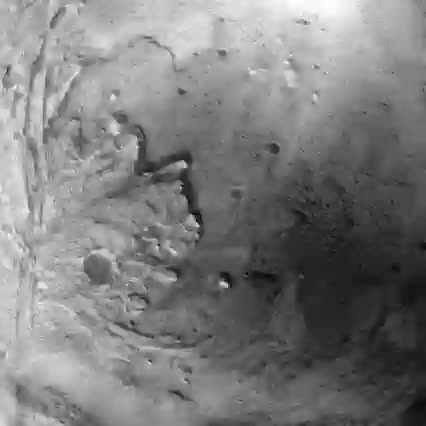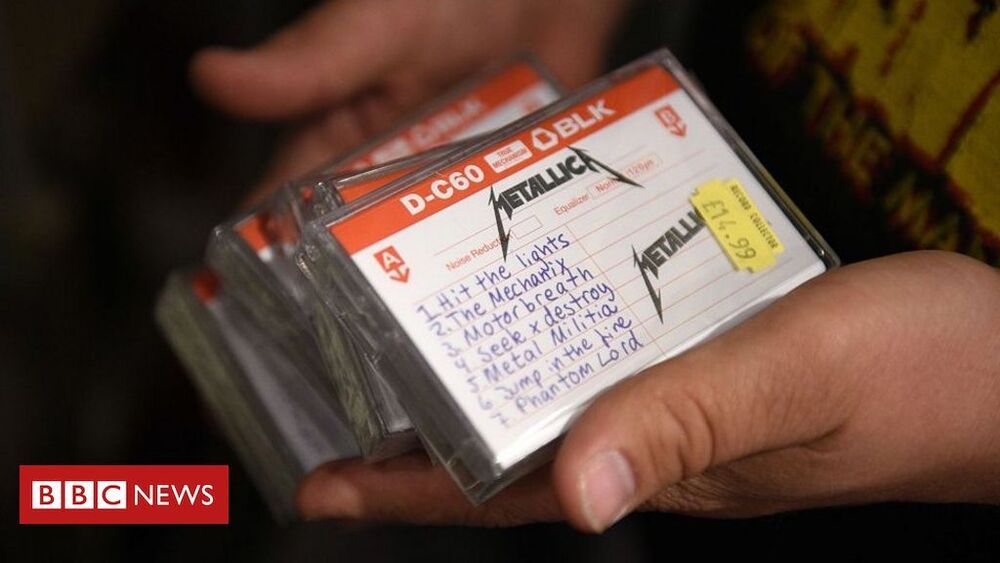“This is a fascinating study of gut microbiome in older adulthood,” wrote Barbara Bendlin from the University of Wisconsin, Madison. “While the investigators did not look at brain health or cognitive outcomes, it’s interesting to see that they found that healthy aging was accompanied by gut microbiomes that became increasingly more unique to each person starting in middle age. This type of divergence is also observed in brain aging.” (Full comment below.)
Past studies have shown that the gut microbiome undergoes rapid changes in the first three years of life, followed by a longer period of relative stability, then more change once again in later years (Yatsunenko et al., 2012; O’Toole and Jeffery, 2015). Research has also found that centenarians have fewer of the gut microbes commonly seen in younger, healthy people. Instead, they live with an increasingly rarefied microbiota (Kim et al., 2019). This suggests that gut microbiomes become increasingly personalized as people get older, but little is known about how these gut profiles affect the aging process or longevity.
To find out, first author Tomasz Wilmanski and colleagues analyzed gut microbiomes, personal traits, and clinical data from more than 9000 people 18 to 101 years old. They came from three independent cohorts. One was a group of 3653 people aged 18 to 87 who had signed up with Arivale, a now-defunct scientific wellness company co-founded by systems biology pioneer Leroy Hood and Price. Arivale provided personalized wellness coaching by collecting and analyzing data on participants’ genomes and other systems, including their gut microbiomes. Hood founded the Institute for Systems Biology.









